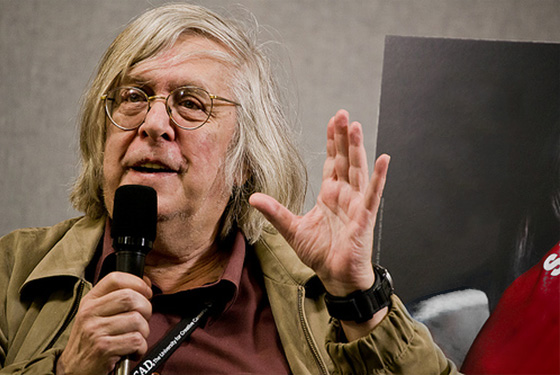From Cinemad No. 3 (2000). Much of this piece makes me blush, and other parts are clearly out of date, but I’m posting this basically “for the record”. -– J.R.
A conversation with film critic Jonathan Rosenbaum by Paolo Ziemba
This being the first article that I’ve written for Cinemad I thought it was more than appropriate to delve into a time where films changed my way of thinking of the world. Rosenbaum was key in this new beginning. Cinemad continues this process. While reading Rosenbaum’s books for research I experienced a sort of nostalgia for the days back when I was broadening my knowledge of cinema. Rosenbaum had opened many doors to a world of cinema that I had never experienced before. With this in mind I would like this article, at the least, to stir the readers to explore what Rosenbaum, and the world of cinema, is more than willing to offer.
Imagine a film critic who travels the world and experiences all cinema. Imagine a critic who is not only moved by cinema because of its beauty, but also because of its importance in the world. Imagine a critic who takes all of this in and then serves it to anyone willing to read. Read more
From the Chicago Reader (October, 1990). — J.R.
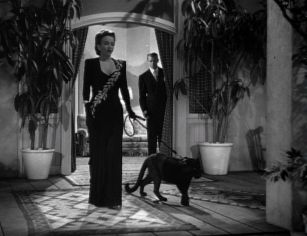
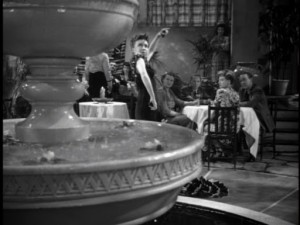
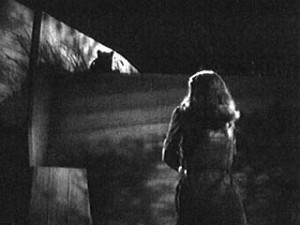
This economically constructed and haunting chiller (1943, 66 min.) from the inspired team of producer Val Lewton and director Jacques Tourneur doesn’t have the reputation of the two other films they worked on together in the early 40s, Cat People and I Walked With a Zombie. In part that’s because its ending is a bit abrupt and unsatisfactory — but it’s still one of the most remarkable B films ever to have come out of Hollywood. Adapted from Cornell Woolrich’s novel Black Alibi by Ardel Wray and Edward Dein, the film employs an audacious narrative of shifting centers, thematically related by a string of grisly murders in a small town in New Mexico. Depending for much of its effect on a subtle and poetic nudging of the spectator’s imagination, the film has a couple of sequences that are truly terrifying. With Dennis O’Keefe, Margo, and Jean Brooks. (JR)
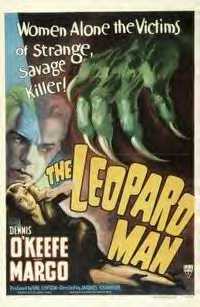 Read more
Read more
From the October 9, 1987 Chicago Reader. — J.R.
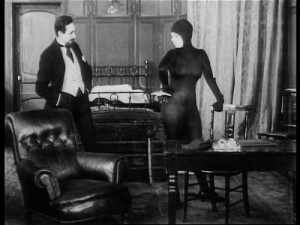
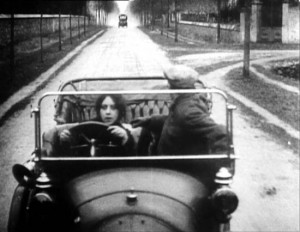
Louis Feuillade’s extraordinary ten-part silent serial of 1916, running just under eight hours, is one of the supreme delights of film–an account of the exploits of an all-powerful group of criminals called the Vampire Gang, headed by the infamous Irma Vep (Musidora), whose name is incidentally an anagram for “vampire.” Filmed mainly in Paris locations, Feuillade’s masterpiece combines documentary with fantasy to create a dense world of multiple disguises, secret passageways, poison rings, and evil master plots that assumes an awesome cumulative power: the everyday world of the French bourgeoisie, personified by the hapless sleuth hero, during the height of World War I is imbued with an unseen terror that no amount of virtuous detection can ever efface entirely. (Significantly, as in many of Feuillade’s other serials, the villains are a good deal more fascinating than the relatively square hero, although a comic undertaker and the leader of a rival gang are periodically on hand to help him out.) Because none of Feuillade’s complete serials is available in the U.S., this special screening helps to fill an enormous gap in our sense of film history. One of the most prolific directors who ever lived, Feuillade is today arguably a good deal more entertaining than Griffith, and unquestionably much more modern: his mastery of deep-focus mise en scene is astonishing, and its influence on Fritz Lang as well as Luis Bunuel and other Surrealists remains one of his major legacies. Read more
From the Chicago Reader (May 13, 1998). — J.R.

It’s remarkable how over the course of just three nightlife features — Metropolitan, Barcelona, and this comedy set in the early 1980s — writer-director Whit Stillman has created a form of mannerist dialogue as recognizable as David Mamet’s, a kind of self-conscious, upper-crust Manhattan gab reeking of hairsplitting cultural distinctions. Fortunately, this time around the Ivy League characters project less of a glib sense of entitlement, making them more fun to watch, and Stillman himself gives more evidence of watching rather than simply listening. The characters include two young women in publishing (Chloe Sevigny and Kate Beckinsale) who find a flat together, their roommate (Tara Subkoff), an employee at the club where they hang out (the always interesting Chris Eigeman), a fledgling ad executive (Mackenzie Astin), a junior assistant district attorney (Matt Keeslar), and a lawyer (Robert Sean Leonard). Stillman does interesting things with all of them. 113 min. (JR)
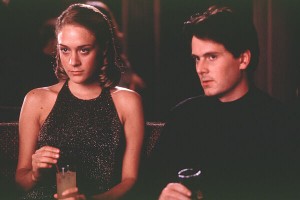 Read more
Read more
From the Chicago Reader (June 16, 1998). — J.R.

Adapting Elmore Leonard’s novel Rum Punch for his third feature, Quentin Tarantino puts together a fairly intricate and relatively uninvolving money-smuggling plot, but his cast is so good that you probably won’t feel cheated unless you’re hoping for something as show-offy as Reservoir Dogs or Pulp Fiction. A flight attendant (70s blaxploitation queen Pam Grier, agreeably treated here like a goddess) gets caught smuggling gun money for an arms dealer (Samuel L. Jackson in his prime) and has to work out her loyalties to him, her bail bondsman (Robert Forster, agreeably treated like a noir axiom), the law (including Michael Keaton), and her own interests. Robert De Niro does a fine character part, and Bridget Fonda is very sexy. Biograph, Burnham Plaza, Chatham 14, Esquire, Ford City, Gardens, Hyde Park, Lake, Lawndale, Lincoln Village, Norridge, 62nd & Western.
— Jonathan Rosenbaum
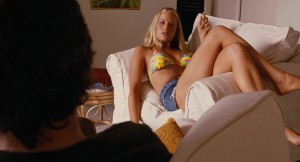 Read more
Read more
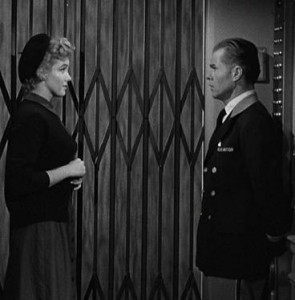
Unusually seedy and small-scale for a Fox picture of 1952, this black-and-white thriller is set over one evening exclusively inside a middle-class urban hotel and the adjoining bar. The bar’s singer (Anne Bancroft in her screen debut) breaks up with her sour pilot boyfriend (Richard Widmark), a hotel guest. He responds by flirting with a woman (Marilyn Monroe) in another room who’s babysitting a little girl (Donna Corcoran), but the babysitter turns out to be psychotic and potentially dangerous. Daniel Taradash’s script is contrived in spots, and the main virtue of Roy Ward Baker’s direction is its low-key plainness, yet Monroe — appearing here just before she became typecast as a gold-plated sex object — is frighteningly real as the confused babysitter, and the deglamorized setting is no less persuasive. With Jim Backus as the girl’s father and Elisha Cook Jr. as Monroe’s uncle, the hotel elevator operator. 76 min. (JR)

Read more
From the Chicago Reader (April 1, 2005). — J.R.
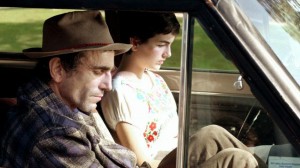
The third feature by writer-director Rebecca Miller (Personal Velocity), daughter of playwright Arthur Miller, doesn’t succeed in everything it sets out to do. But as a statement about the death rattle of 60s counterculture it’s thoughtful and affecting, and Daniel Day-Lewis is mesmerizing as a defiant yet ailing idealist who once helped found a commune on an eastern seaboard island and now lives on the isolated property with his sheltered 16-year-old daughter (Camilla Belle). This arrangement becomes more troubled after he invites a lover (Catherine Keener) and her two teenage sons (Ryan McDonald and Paul Dano) to move in, and all five people begin to come unglued. With Beau Bridges. R, 111 min. (JR)
 Read more
Read more
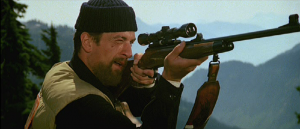
A disgusting account of what the evil Vietnamese did to poor, innocent Americans stands at the center of this Oscar-laden weepie about macho buddies from a small industrial town (Robert De Niro, Christopher Walken, John Savage, and John Cazale, wasted in his last screen performance). It begins with an extended wedding sequence cribbed from Visconti and ends with a world-weary rendition of God Bless America. While the results are far from unprofessional — the cast is uniformly good, including a characteristically slapped-around Meryl Streep, and the two deer-hunting sequences mark director Michael Cimino as an able student of Disney’s Bambi and Riefenstahl’s The Blue Light — the male self-pity is so overwhelming that you’ll probably stagger out of this mumbling something about Tolstoy (as many critics did when the film first came out in 1978) if you aren’t as nauseated as I was. I much prefer Cimino’s Heaven’s Gate. 183 min. (JR)
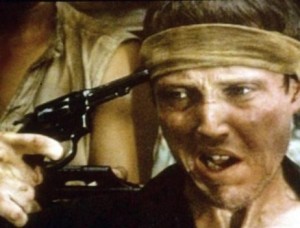 Read more
Read more
From the Chicago Reader (November 1, 1997). — J.R.
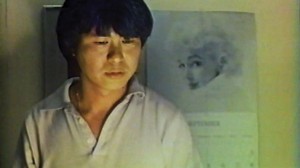
A turning point in the history of Taiwanese cinema, Edward Yang’s 1985 masterpiece suggests a rough parallel with Abbas Kiarostami’s Close-up in relation to Iranian cinema by virtue of featuring the other key Taiwanese filmmaker, Hou Hsiao-hsien, in a leading role, much as Mohsen Makhmalbaf is featured in Kiarostami’s film. Hou, who also collaborated on the script, plays an alienated businessman working for a textile manufacturer who was an ace baseball player in his youth; when his girlfriend (pop star Tsai Chin) loses her job at a computer firm, their relationship begins to crumble. But this couple’s malaise is only part of a multifaceted sense of confusion and despair that affects three generations of Taipei residents during a period of economic boom, and Yang’s mastery in weaving together all his characters and subplots against a glittering urban landscape anticipates the major themes of his subsequent works. Essential viewing. (JR)
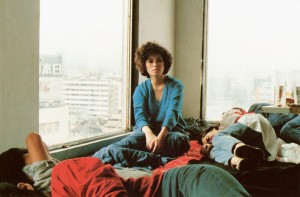 Read more
Read more
From the Chicago Reader (December 1, 1997). — J.R.
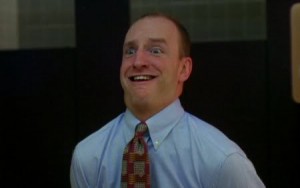
Writer-director Steven Soderbergh (Sex, Lies, and Videotape, Kafka, King of the Hill, The Underneath) tries his hand at outrageous screwball comedy, with very mixed results. Playing the lead part himself and shooting with a cast of unknowns in Louisiana, where he grew up, he proceeds largely by peppering his dialogue with various non sequiturs and stretches of nonsense (pacifist cottage . . . Belgian disregard . . . nose army . . . Vienna dog is one fair sample) and bad puns (I may vote Republican, says a dentist, but I’m a firm believer in gum control) and throwing in irreverent asides (No fish was harmed during the making of this film, reads an opening title, and one sign posted to a tree reads, Idea missing). Given the audacity, it would be a pleasure to report that the results are hilarious, but most of it isn’t even funny, and the sense of anything goes hangs heavy over the film as it develops. An authentic curiosity, but proceed at your own risk. (JR)
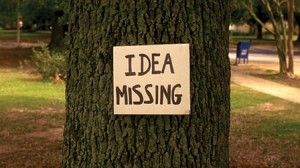 Read more
Read more
From the Chicago Reader (February 2, 1996). — J.R.
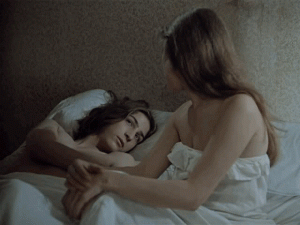
Robert Bresson’s penultimate feature (1977) — his only original script apart from his early short Les affaires publiques and his masterpiece Au hasard Balthazar — is a ringing indictment of the modern world, centered on the suicide of a disaffected 20-year-old Parisian. There’s something mannered and at times even freakish about Bresson’s handling of well-clothed adolescents and his multifaceted editorializing — which improbably recalls Samuel Fuller in its anger and dynamic energy — but the power and conviction of this bitter, reflective parable are remarkable. Not a masterwork perhaps, but certainly the work of a master, and, judging from the work of many of his young French disciples (including Leos Carax), one of his most influential features. Facets Multimedia Center, 1517 W. Fullerton, Friday, February 2, 7:00 and 9:00; Saturday and Sunday, February 3 and 4, 3:00, 5:00, 7:00, and 9:00; and Monday through Thursday, February 5 through 8, 7:00 and 9:00; 281-4114. — Jonathan Rosenbaum
 Read more
Read more
From the Chicago Reader (February 23, 1996). — J.R.
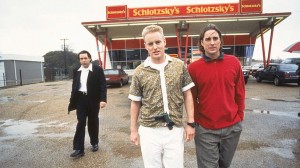
A fresh, character-driven, often funny, and unfashionably upbeat (as well as offbeat) first feature by Wes Anderson, this film — written by one of the lead actors (Owen C. Wilson) in collaboration with Anderson — focuses on three young and immature male friends and aspiring thieves in Texas. Two of Wilson’s brothers, Luke and Andrew, also act in the film, the former playing another of the leads; the third friend is played by Robert Musgrave, and Like Water for Chocolate‘s Lumi Cavazos and Hollywood veteran James Caan also play significant roles. The film has all the benefits that come from a relaxed cast largely consisting of friends, and the presence of such producers/godparents as Polly Platt, James L. Brooks, and L.M. Kit Carson probably helps as well. This isn’t a movie that beats you over the head, which in industry terms may make it a hard sell, but I found its Kerouac-like goofiness both charming and sustaining. Pipers Alley, Evanston. — Jonathan Rosenbaum
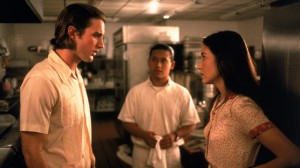 Read more
Read more
From the March 1, 1996 Chicago Reader. — J.R.
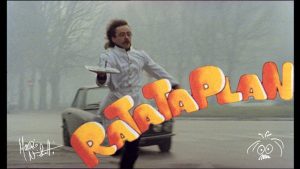
This was comic writer-director-performer Maurizio Nichetti’s first feature (1979), a string of episodic sketches, some of which blew me away when I first saw them. (Nichetti subsequently made Ho fatto splash, The Icicle Thief, and Volere volare.) This eccentric debut movie, still possibly Nichetti’s best, was so disliked by New York critics that it never opened here, though it played briefly on cable in the early 80s. The inventive sound track recalls Tati, and the poetically skewed view of the modern world has a quirky flavor all its own. The diminutive, cartoonish Nichetti plays a character named Colombo who alternately works as a waiter and tries to organize a theatrical group with friends; he also builds a precise replica of himself to go disco dancing in a club. The opening sequence is breathtaking, the rest a bit spotty; but the film is certainly worth a look. The title, incidentally, is a made-up word that’s supposed to sound like a drumroll. (JR)
 Read more
Read more
From the Chicago Reader (January 19, 2001). — J.R.
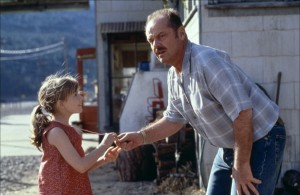
The third feature directed by Sean Penn and the first one that I’ve liked. Adapted by the couple Jerzy Kromolowski and Mary Olson-Kromolowski from a 1958 Friedrich Dürrenmatt novel, this is a nervy as well as somber piece of work, not only for the way it confounds and even frustrates certain genre expectations, but also — and especially — for how it confronts the viewer with the moral implications of that frustration. Jack Nicholson, in one of his most impressive, least show-offy performances, plays a Reno police detective who becomes obsessed with the rape and murder of a seven-year-old girl and by his pledge to her parents that he’ll catch the murderer — unlike his colleagues, he still considers the case unsolved. Though he makes a stab at retirement, moving into a fishing resort and taking over a filling station, he continues to track down what he believes are clues, but this movie qualifies as a mystery thriller only intermittently; it’s more concerned with how much he — and we — want the culprit, real or imagined, to spring out of hiding and continue his bloody work. An abandoned balloon at one juncture alludes directly to Fritz Lang’s M, and though Penn’s arty direction doesn’t belong in that league, he’s become a very accomplished storyteller and an adroit director of actors — including the omnipresent Benicio Del Toro, Aaron Eckhart, and, in striking cameos, Vanessa Redgrave, Mickey Rourke, and Helen Mirren. Read more
From the Chicago Reader (March 1, 2001). — J.R.
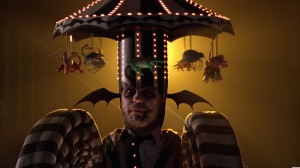
An appealing mess. Director Tim Burton joins forces with writers Michael McDowell, Warren Skaaren, and Larry Wilson, and a cast headed by Michael Keaton as the eponymous lead — a scuzzy miniature bio-exorcist — to create a rather original horror comedy out of what appears to be a strong first-draft script and a minuscule budget (1988). Faces stretch like Silly Putty and a ghost couple (Alec Baldwin and Geena Davis) try to oust a yuppie couple (Jeffrey Jones and Catherine O’Hara) from their New England mansion. The pasteboard special effects, which have a special charm of their own, make up in verve and imagination what they sometimes lack in polish, and Keaton has such a time with his extravagant turn as a demonic hipster bum that one can forgive the less inspired contributions of Glenn Shadix, Sylvia Sidney, and Dick Cavett, among others. PG, 92 min. (JR)
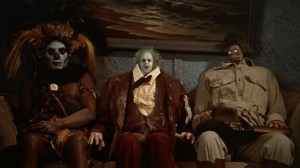 Read more
Read more
